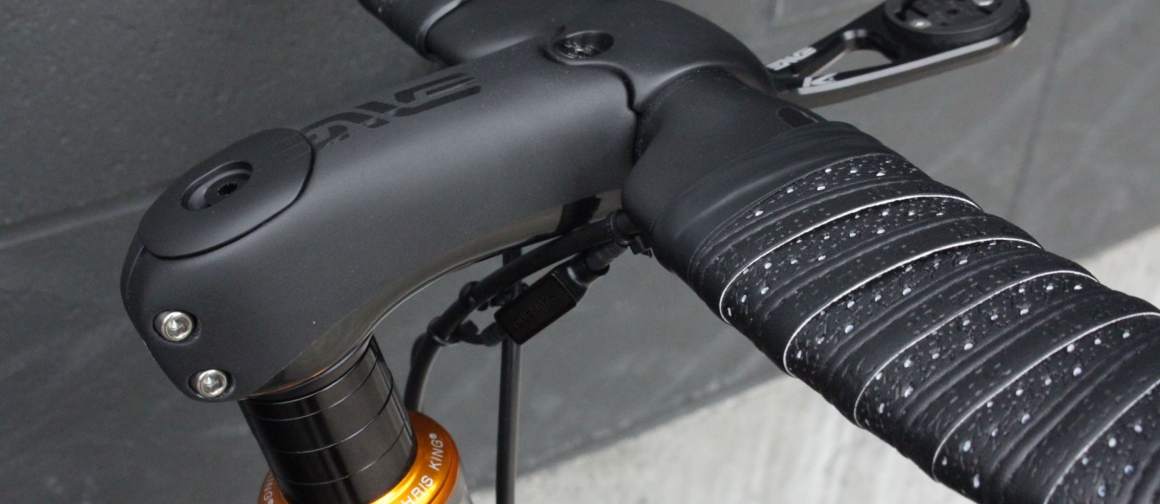
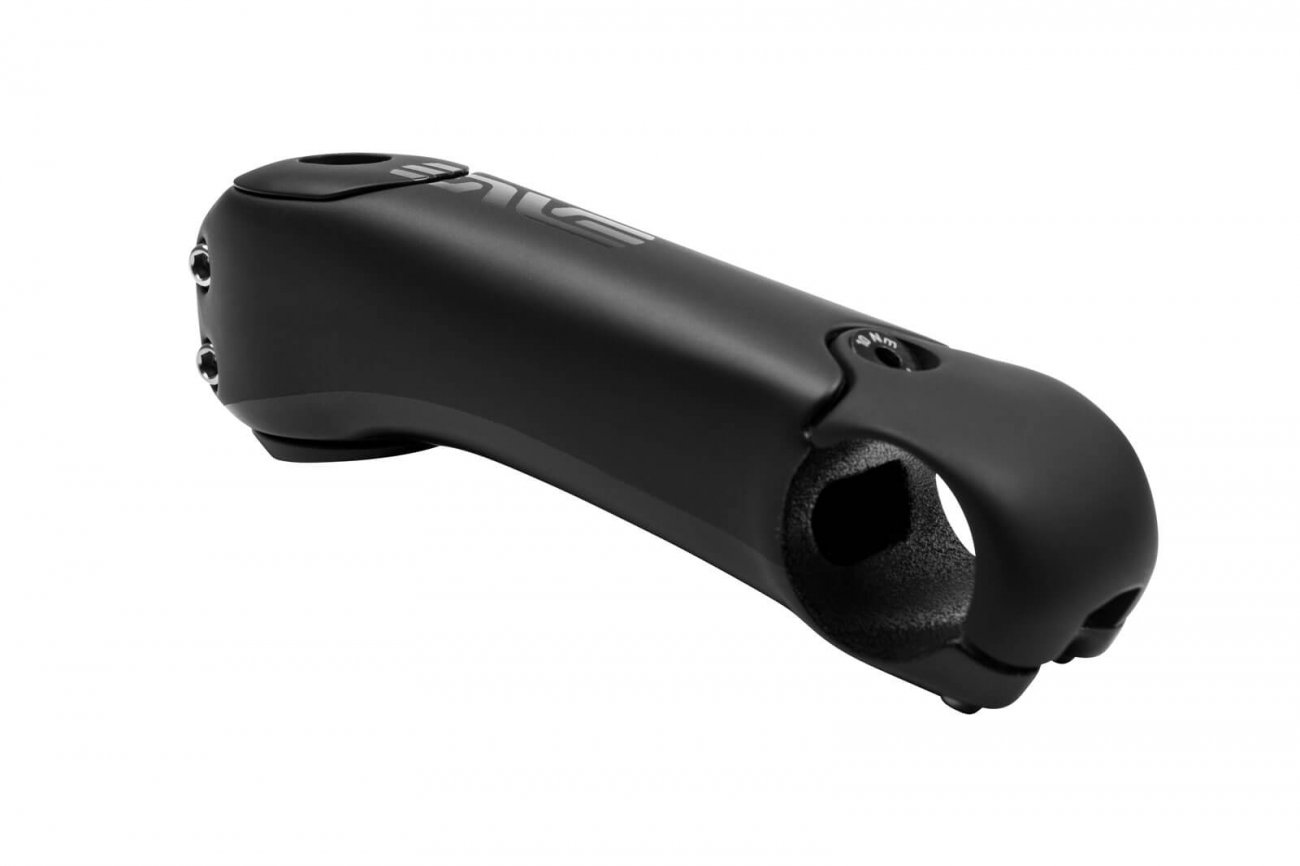
ENVE’s Aero Road Stem combines aerodynamics and superb composite design with precision positioning, but the price and quirks limit its mainstream rider appeal.
The Aero Road Stem relies on an interchangeable oblong cross-sectional shim that fits between the stem and the steerer. One shim allows the stem to be positioned at either -7 degrees OR -17 degrees. The other shim affixes the stem at -12 degrees but moves the clamp either 2.5mm forward OR aft. If millimeters here or there make a difference to you, the Aero Road Stem enables a rider to really dial in their position….as long as that position is somewhere between slammed and SLAMMED A.F. The stem’s design prevents it from being flipped upside down for a positive rise. And the stem really isn’t meant to have headset stack spacers above it due to the stem’s contoured cap.
The carbon stem’s $300 cost will stop more than a few potential consumers, especially when you consider that brands such as Fizik, Zipp, and FSA are delivering quality alloy stems for about a third of that cost. A lot of people fail to understand that carbon fibre stems almost never beat alloy stems on weight. The ENVE Aero Road Stem tips the scale at 172gr for the 110mm length (164gr for the 100mm version) plus 8.5gr for the proprietary stem cap and countersunk alloy bolt. A nice alloy stem can probably slide in around 20gr less than that. With such highly concentrated loads, carbon fibre design just can’t play to its strong suites when fashioned into a stem.
This isn’t saying that the Aero Road Stem is weak or noodle-like. Indeed the stem provides a solid connection between the bar and steerer. Yet beyond a certain level of stiffness, who cares? Ever since quill stems ceased being a thing for modern road bikes, I find the handlebar will contribute more to the overall front end flex than any decent threadless stem. Maybe big riders who ride 140mm long stems need to worry about ultimate stiffness. I do hear anecdotally that a carbon stem can add a measure of vibration damping to a bike. My own experiences lead me to be at best agnostic to that belief.
The Aero Road Stem’s bar clamp deserves mention. Instead of having a “face-plate”, let’s say that a “top-plate” affixes to the stem with three bolts. The aft bolt uses M6 threads but a 4mm Allen tool interface. The torque spec demands 10-Nm, which is an almost disturbing amount of force to deliver via 4mm Allen wrench. You must tighten the aft bolt first and then front titanium M5 bolts. And make sure you use a generous amount of friction assembly paste too, even if the bar is alloy. For as much adjustment as this stem allows, I would rather not make frequent adjustments at the bar’s tricky clamp.
In the end, ENVE never claimed that this stem is for every rider. ENVE put aerodynamics as the first priority. Without a windtunnel and testing protocol, I won’t refute ENVE’s claims, but common sense indicates that this stem fits under the “diminishing returns” category. The ENVE Aero Road Stem should be the cherry on top of an already clean machine, not the only aerodynamic concession on an otherwise conventional bike. With the optional computer/GPS mount, the Aero Road Stem is a perfect compliment to the SES Aero Road Handlebar.
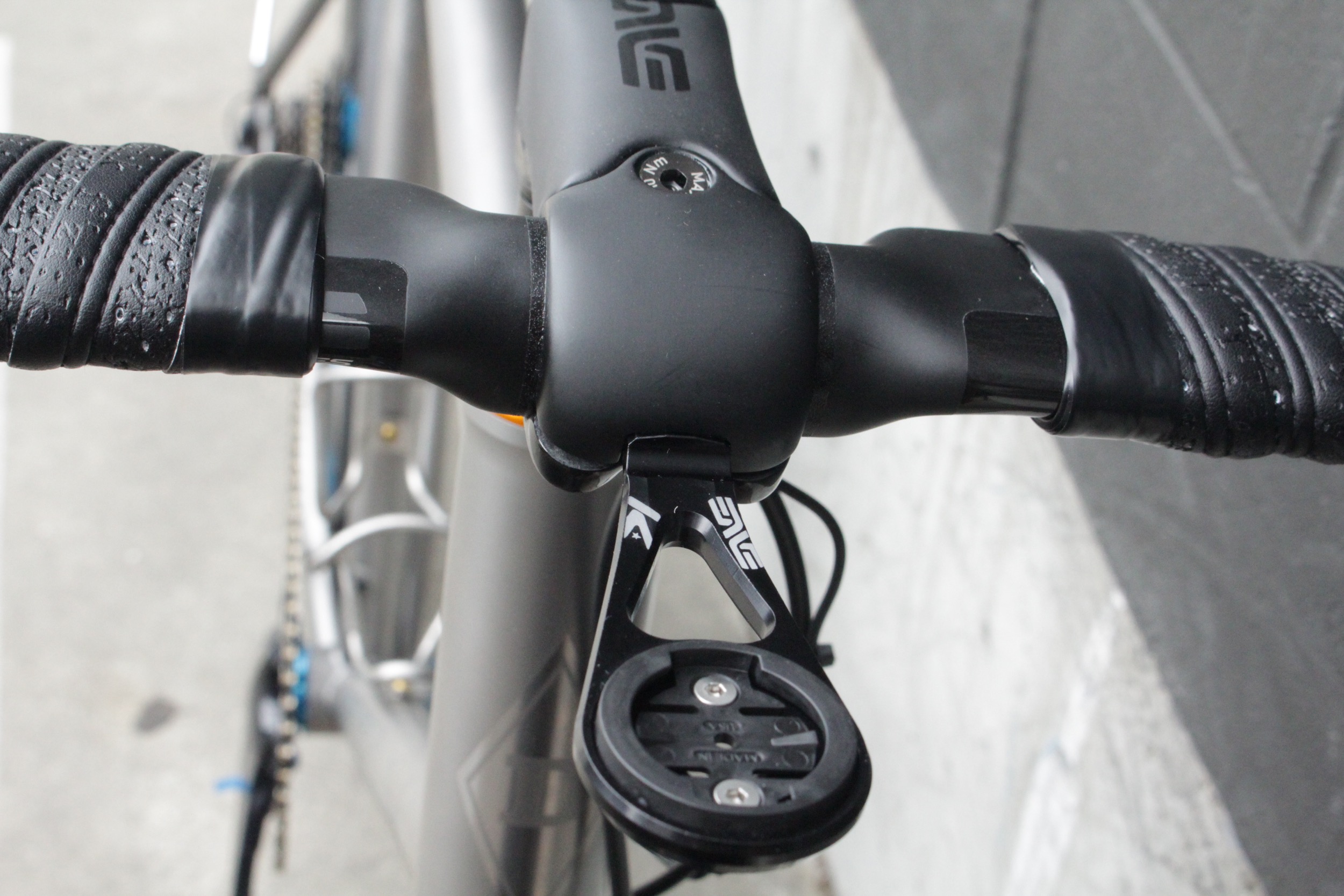
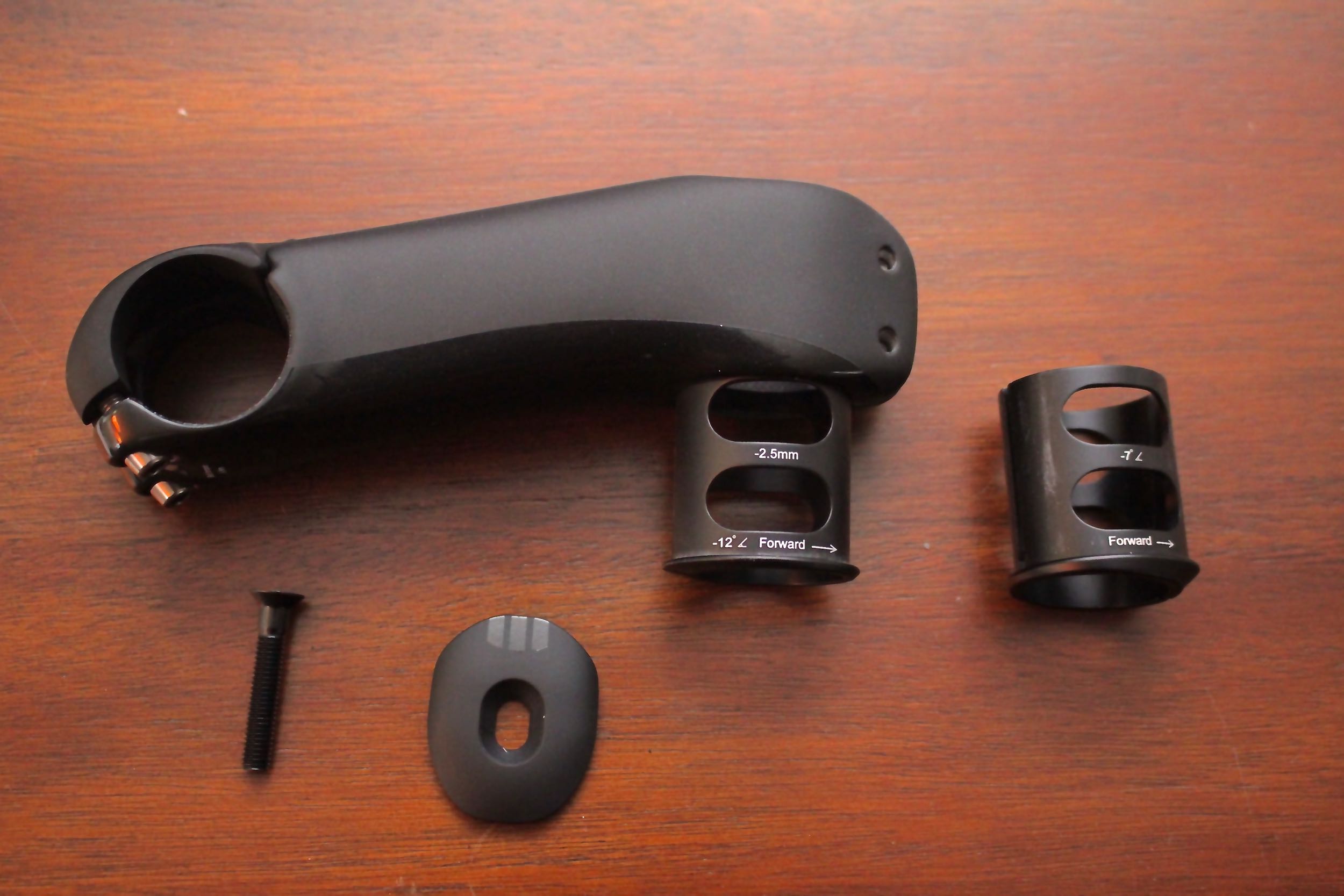
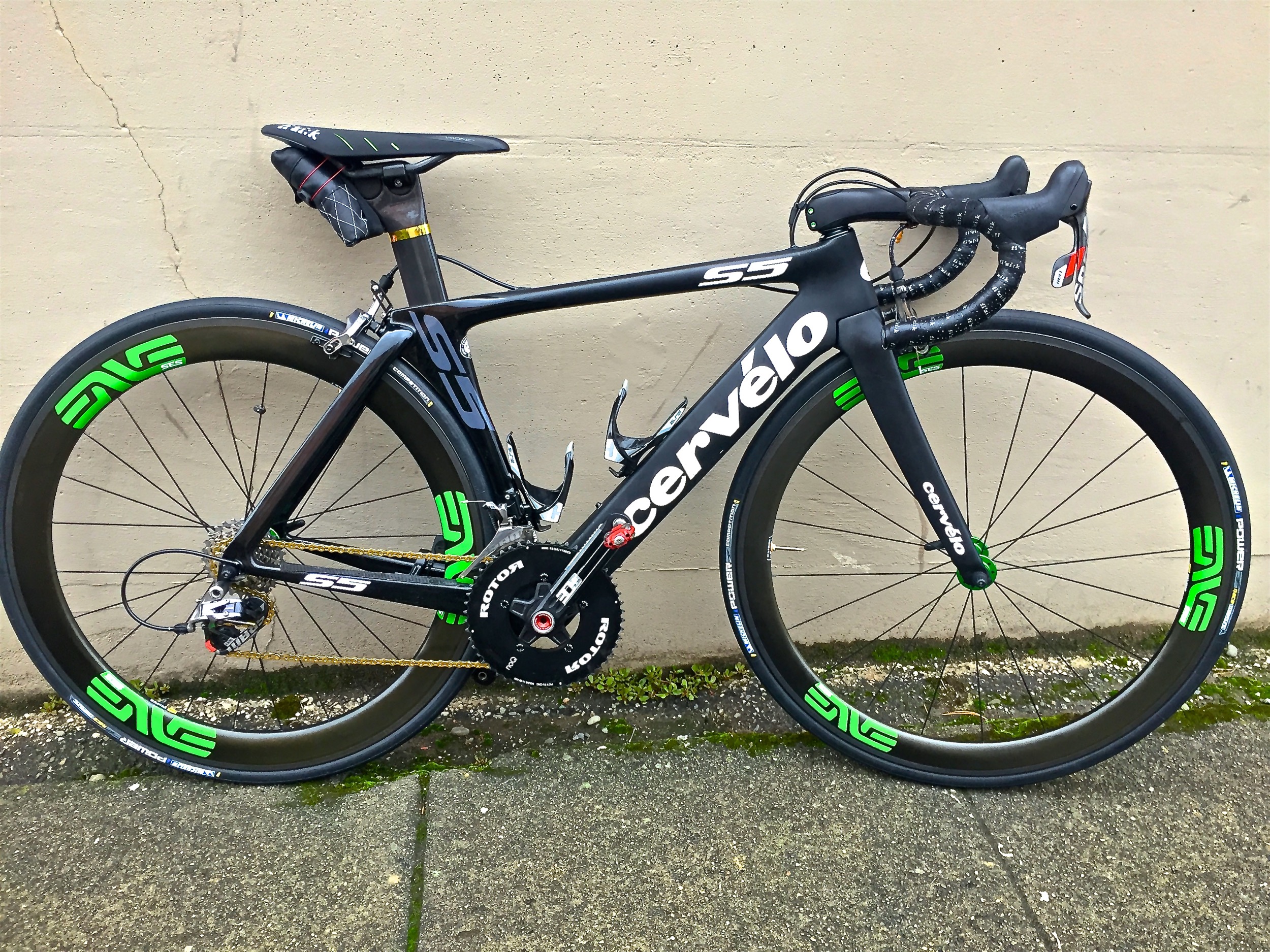
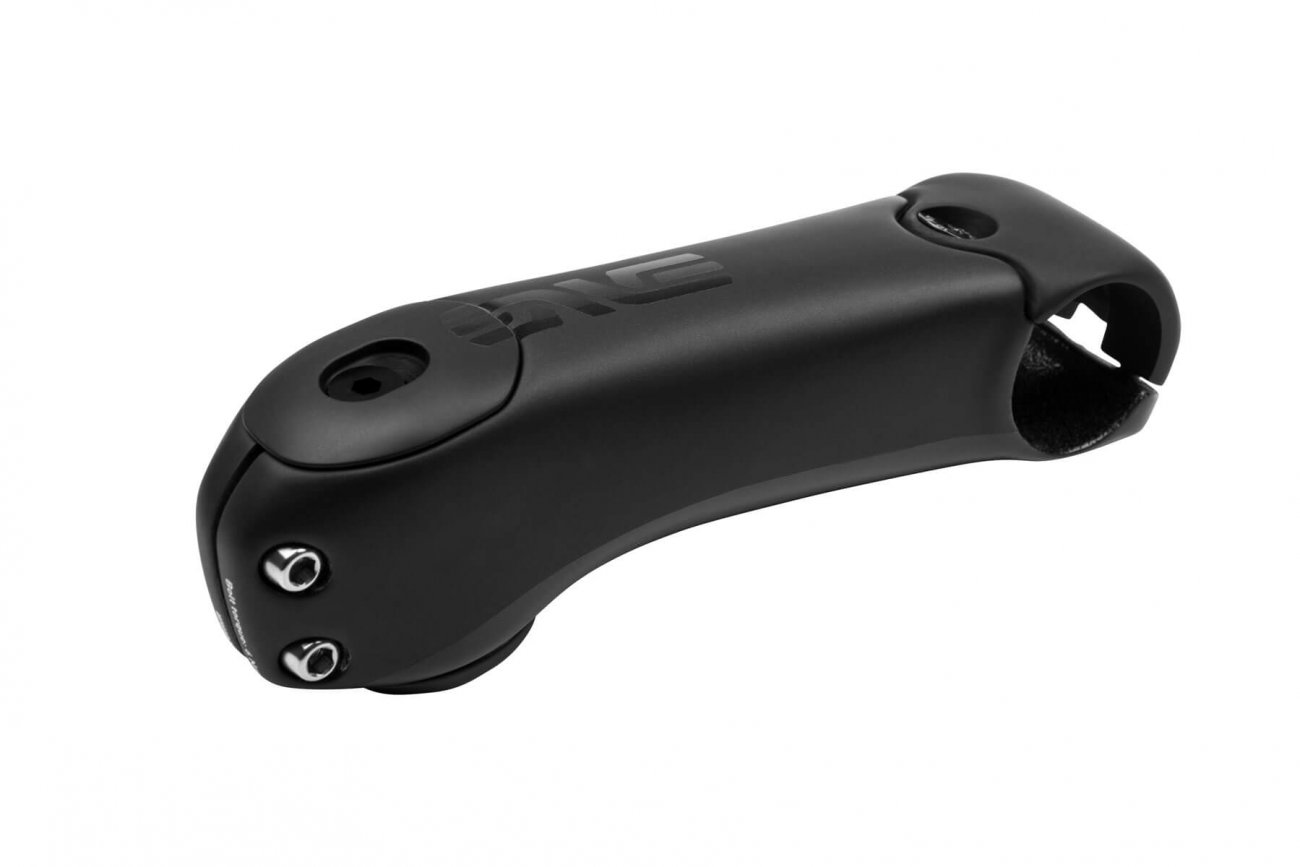
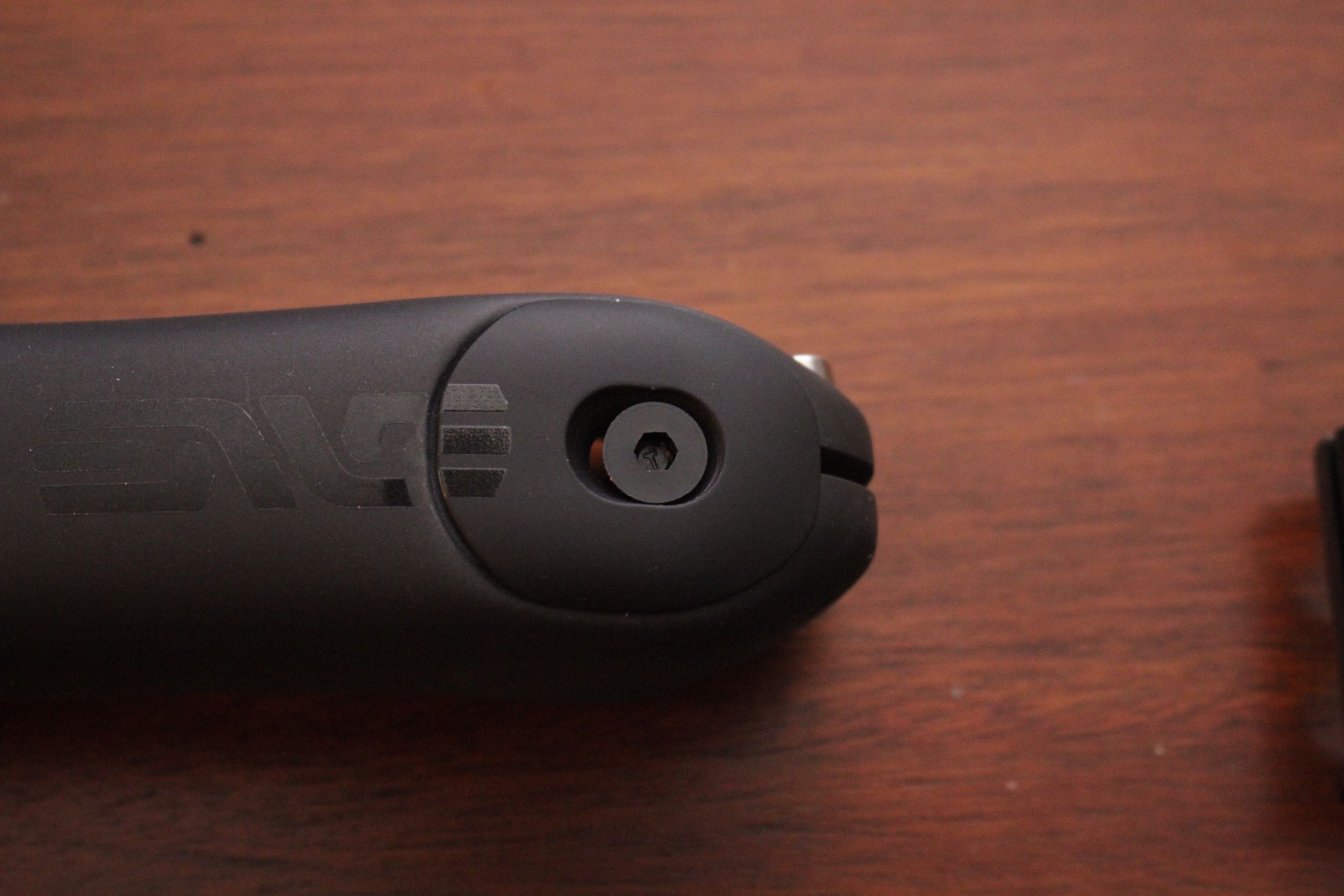
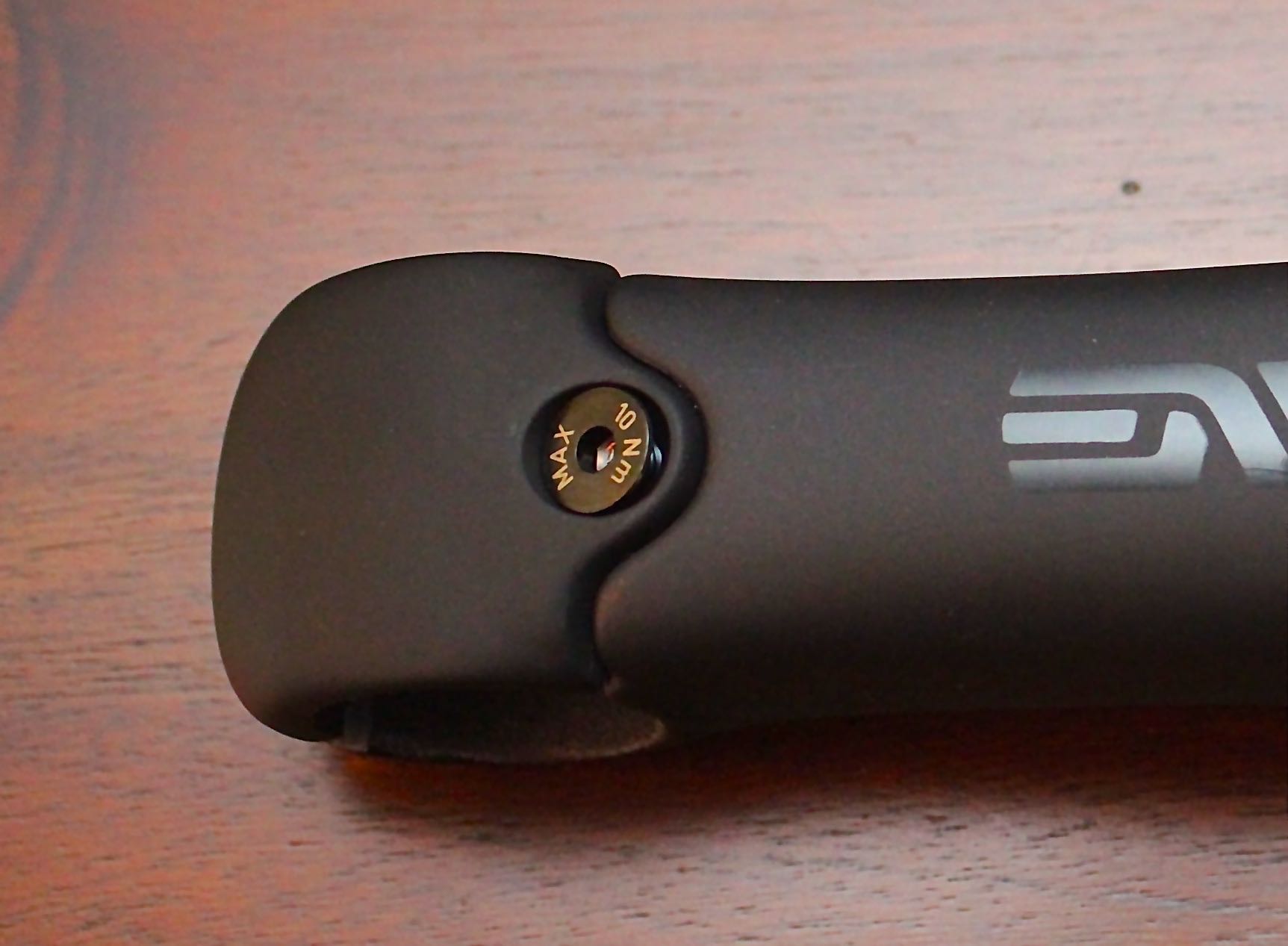
We're riding townies, adventure, and mountain bikes. Find recommendations on our store page. As Amazon Associates we earn from qualifying purchases.